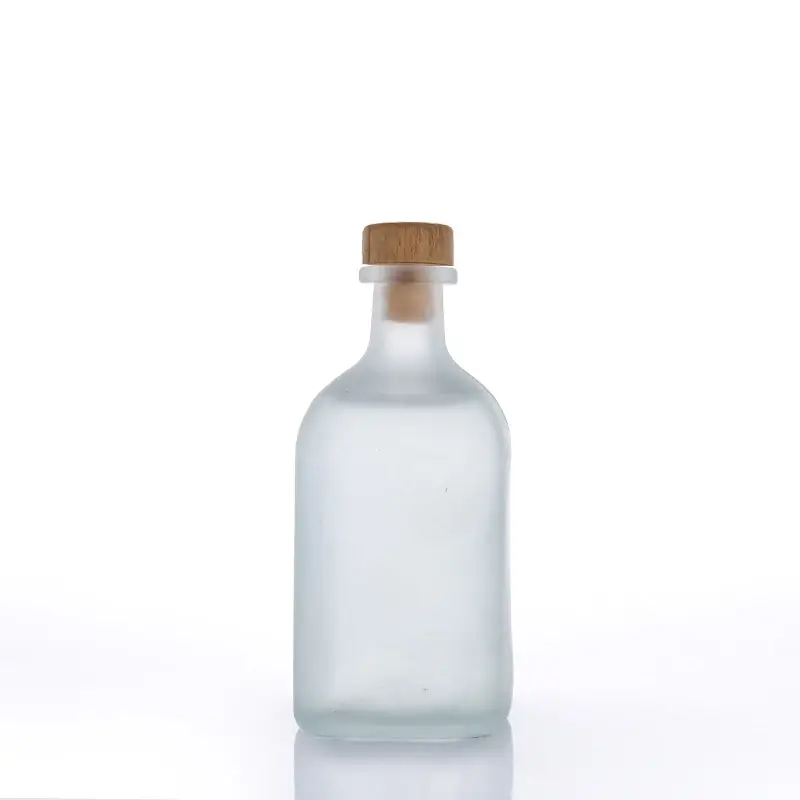Email cannot be empty
Password cannot be empty
Email format error
Email cannot be empty
Email already exists
6-20 characters(letters plus numbers only)
The password is inconsistent
Email format error
Email cannot be empty
Email does not exist
6-20 characters(letters plus numbers only)
The password is inconsistent


The primary packaging for milk includes plastic, Tetra Pak cartons, and glass, with the most common being the half-gallon and one-gallon plastic jugs found in supermarkets.
The main advantage of plastic (HDPE, #2) and cartons is their light weight (which means cost savings!). For a truckload of half-gallon (about 2 liters) milk containers, the packaging only accounts for 4-5% of the total weight, whereas glass packaging constitutes up to one-third. Manufacturing plastic bottles is not very energy-intensive, but producing Tetra Pak cartons requires a significant amount of energy (water, fuel, bleaching agents, etc.). Both plastic bottles and cartons are generally not recycled for use as milk packaging again. Cartons, in particular, all end up as waste, and new ones must be purchased for bottling milk. The recycling rate for plastic bottles is slightly better, at around 28%, but most of these recycled bottles are turned into toothbrushes, flower pots, and children's toys. The remaining plastic also becomes waste.
The advantage of glass is that once it is returned (consumers can get money back for returning the bottles to the store, serving as an incentive), the energy used for cleaning and sanitizing them is far less than the energy required to manufacture new cartons. From an environmental perspective, a 1997 study by the U.S. EPA showed that the total energy consumed over the entire lifespan of a reusable glass bottle is less than half of that used for a plastic bottle or a carton.
Finally, neither plastic bottles nor cartons can compete with the aesthetic appeal of glass. In American organic food stores, milk sold in glass bottles is twice as expensive as milk in plastic jugs (though you get some money back for returning the bottle). Still, many people eagerly seek it out, believing the milk is particularly rich and delicious. This can be seen as a case study in how packaging can influence sensory perception.
The significance of Tetra Pak cartons, besides convenience, is their ability to best preserve vitamins A, D, and B2. This is quite an important factor.